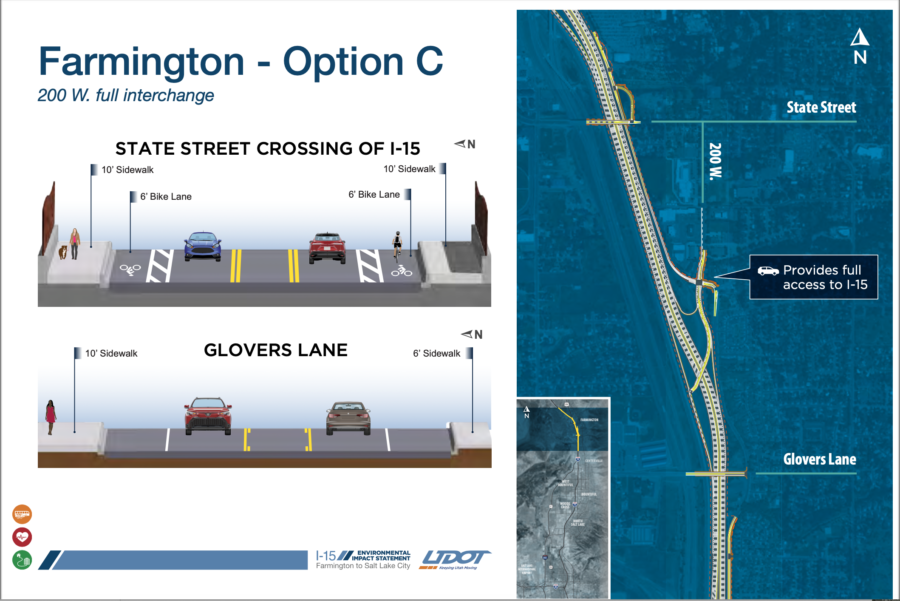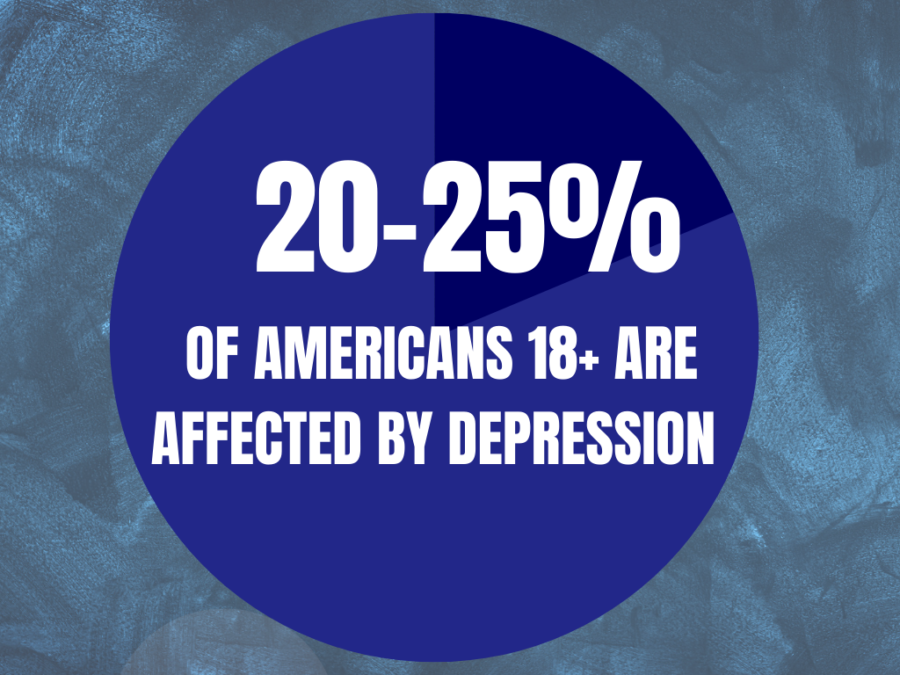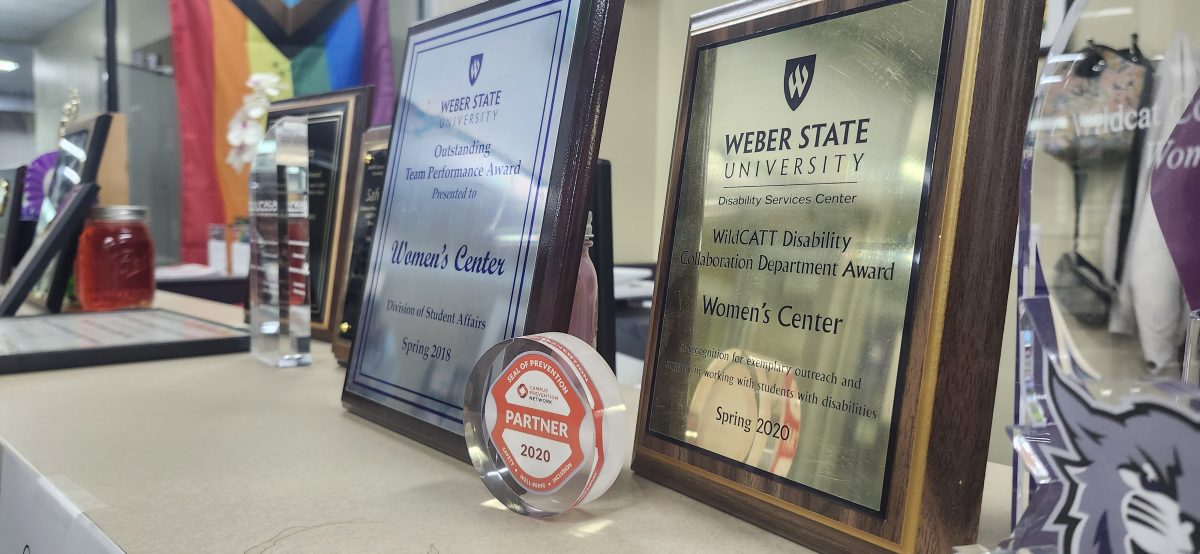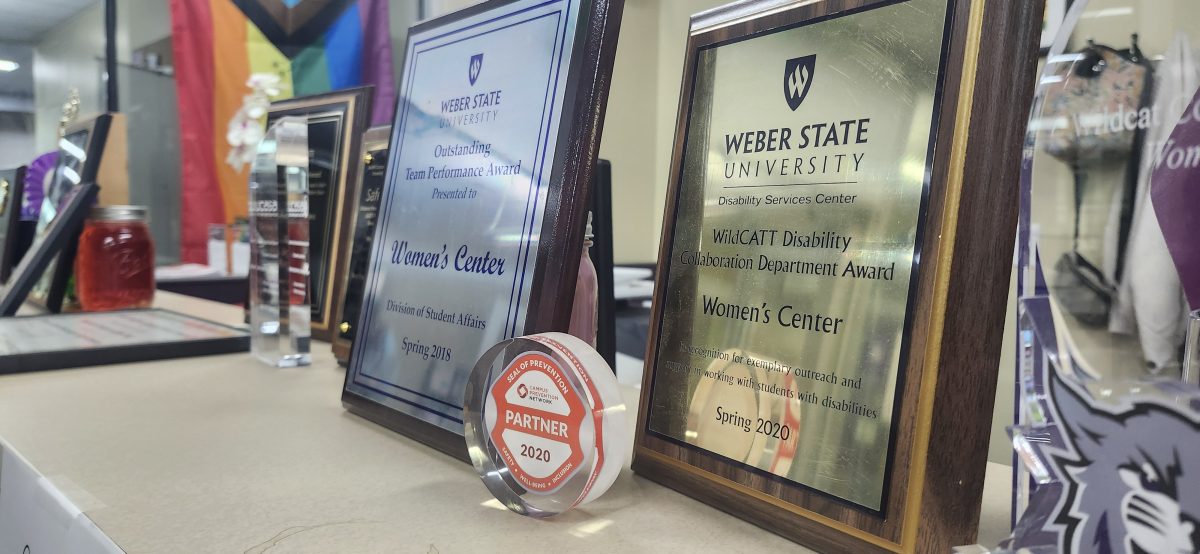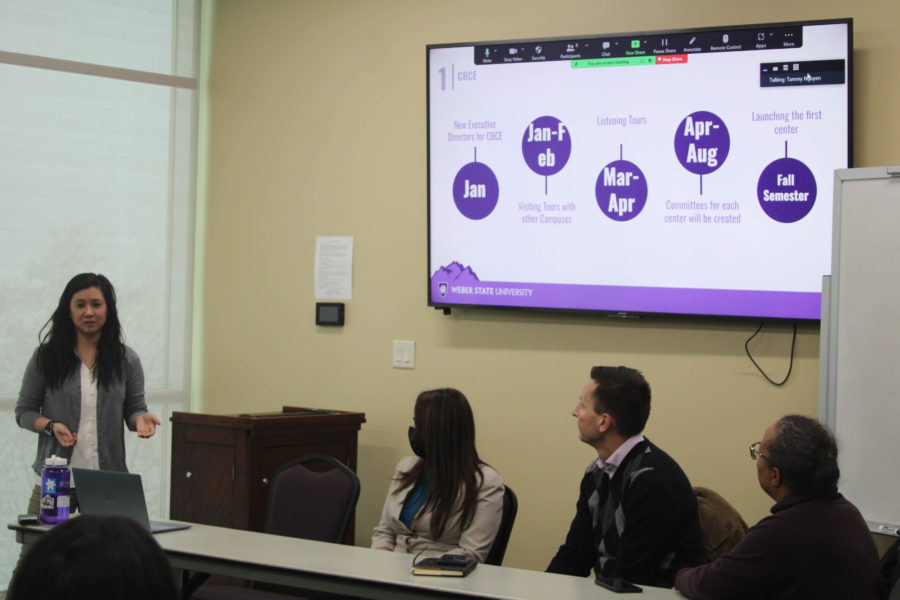The Board of Regents for Higher Education in Utah passed a proposal Friday to raise tuition at all eight public universities in the state.
For the coming academic year, tuition will rise by 3 percent, the least drastic increase in 16 years. This is possible because Weber State University has managed to avoid a second-tier increase.

First-tier increases are decided on by the Board of Regents and must be implemented by the individual universities, while second-tier increases are implemented by the universities to cover additional financial needs.
Avoiding such a second-tier increase for the third year in a row can be seen as a sign of financial relief for WSU, which was struck heavily by the economic collapse in 2008.
“However, the university remains severely underfunded,” WSU President Chuck Wight said.
Statewide, up to $19 million of tuition surplus are expected this year, and their exact distribution among universities is yet to be determined. Wight does not expect that much more than one-tenth of this money will be awarded to WSU.
According to Wight, most of the surplus in tuition income will be used to pay for a salary increase for professors of 2 percent. By law, taxpayers can only pay for 75 percent of this raise, leaving the remaining 25 percent to the universities.
“Most faculty are here because they love to teach, not because of the salaries,” said J. Ronald Galli, a long-time physics professor at WSU and former member of the university’s salary committee. He added that in the past, it was often difficult for WSU to pay faculty as much as other primarily teaching institutions do.
“In general, we are doing the best we can and we have caught up to many comparable institutions,” Galli said. “We have never had difficulty hiring qualified new professors and our entry-level salaries are very attractive.”
Galli said that he has made a very nice living off teaching at WSU, although it is not luxurious. However, not all of his fellow faculty members agree.
“Most everyone at the university could earn more in the private sector,” said Jacie Johnson, an interior design professor at WSU. “Without exaggeration, I make one-third of my potential wage in the private sector.”
Instead of focusing on her paycheck, Johnson said she considers teaching students a fulfilling act of service. “I have to, or I would be discouraged every day,” she said.
Johnson has also made a personal vow to not complain about her salary.
While some students expect to struggle even more than in past years to provide for their tuition, some understand there is a need to offer adequate pay for professors to attract them to WSU.
“Teachers must be paid for the job they do,” said Emma Dugan, a secondary education major.
Still, for Dugan, it is much cheaper to attend WSU than a comparable university in her home state California. On the West Coast, even the cheapest colleges often charge more than twice as much as WSU.
“For students, Weber State is still an excellent deal when it comes to tuition, especially when looking at how small class sizes are,” Galli said. “Additionally, we have a strong basis of donors from the community who help finance the university.”
In addition to the tuition increase affecting all students, the Board of Regents also approved the differential tuition request of the WSU Athletic Training department, constituting $31.21 per credit hour in the Master’s program.
The surplus is planned to be spent mostly on improving graduate research conditions, according to the Board of Regents meeting agenda.










